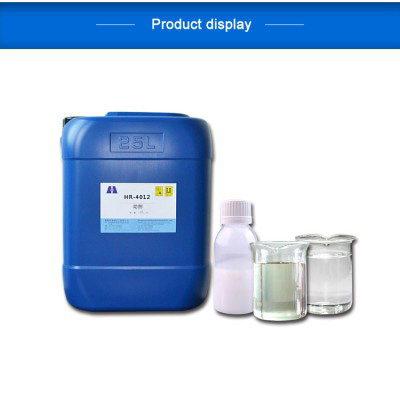替换城市 Principle and influencing factors of special Free of silicone defoamers agents for paints(3)
The larger the molecular weight, the stronger the control ability of its surface state, and the better its skid resistance and adhesion resistance, such as the 1070 and 1071 series products of the friction chemical industry.
There are two methods for bonding modified polyester or polyether to siloxanes: one is a silicon oxygen bond; The other is silicon carbon chains, which generally have less thermal stability and water resistance than the latter.
The compatibility of polyether and polyester modified siloxanes with resins has been greatly improved, reducing surface tension, controlling surface flow, increasing slip resistance, anti shrinkage, and anti adhesion. Some products also have interlayer adhesion issues. In particular, polyether modified polysiloxanes have poor thermal stability and are prone to foam stabilization. It is important to pay attention to the negative effects of these products when applying them.
not
repellant
wetting

Most surfactants used in coatings tend to be functionally incompatible with Free of silicone defoamers. In particular, emulsifiers, wetting and dispersing agents, leveling agents, thickeners, etc. can have an impact on the effectiveness of defoamers. Therefore, when coordinating various additives, it is necessary to pay attention to the relationship between different additives and select a good balance point.
Baking temperature
wetting
When the paint is baked at high temperature at room temperature, its viscosity will drop at the beginning, and bubbles can move to the surface. However, because of the volatilization of solvent, the curing of paint, and the increase of surface viscosity, the foam will become more stable and retain on the surface, resulting in shrinkage and pinholes. Therefore, the baking temperature, fixing speed, and solvent volatilization rate also have an impact on the effect of defoamer.
